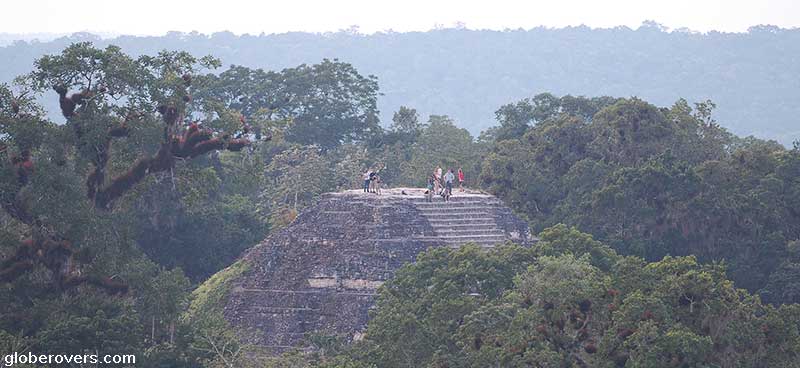
Deep in the dense jungle of northeast Guatemala are the ruins of Tikal. Of all the ruins of the Inca, Mayan, and Aztec civilisations scattered across the Americas, Tikal is probably the most remote, and almost consumed by the dense jungle.
The pre-Columbian Maya civilisation at Tikal was one of the most powerful kingdoms of the ancient Mayan people. Located in the Petén Basin region, some of the structures here date back as far as the 4th century B.C.
Tikal is one of the largest archaeological sites in Mesoamerica
Tikal reached its apogee during the period of A.D. 200 to 900 with a population estimated at about 80,000 inhabitants. During this time it controlled vast stretches of territory and dominated many smaller city-states in the region. After about 900 A.D. it fell into decline and was eventually abandoned.
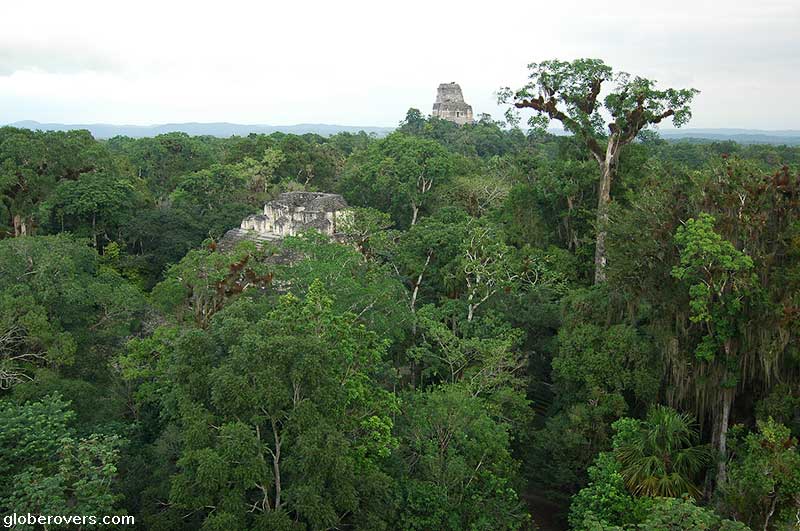
Due to the site’s remoteness in the deep jungle, Tikal wasn’t visited in modern times until John Lloyd Stephens arrived in 1848 and only in the 1880s did archaeologists (Alfred P. Maudslay) start to uncover and record the ruins.
Get a local guide, climb up to the top of one of the temples before sunrise, and listen to the stories about this Mayan civilisation and its ultimate demise. Spider and howler monkeys abound in the trees and colourful toucans fly around.
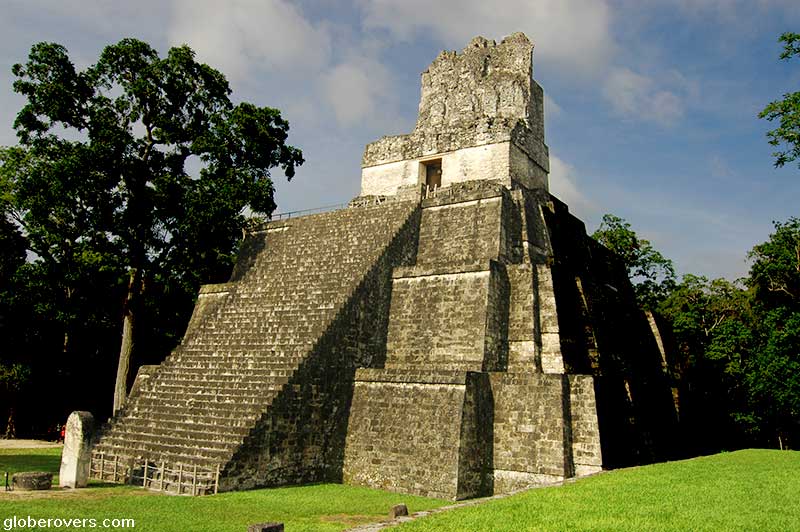
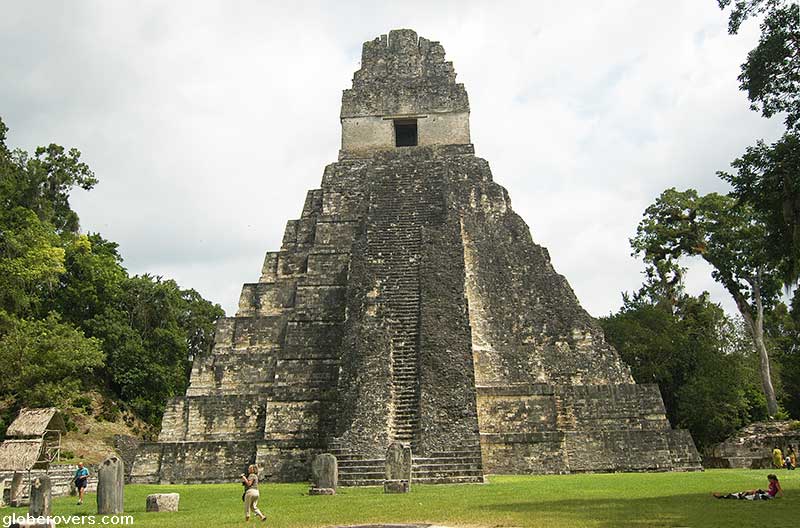
GETTING THERE: Get on a public bus from Guatemala City for the long ride to Santa Elena from where a taxi goes across the causeway to the tiny village of Flores, situated on an island in Lago Petén Itzá. Flores is a lovely village surrounded by the tranquil waters of Lake Petén Itzá. To Tikal, the minibus pickup is at 3 am for the 90 min drive. It arrives in time to view the sunrise from the top of one of the temples.
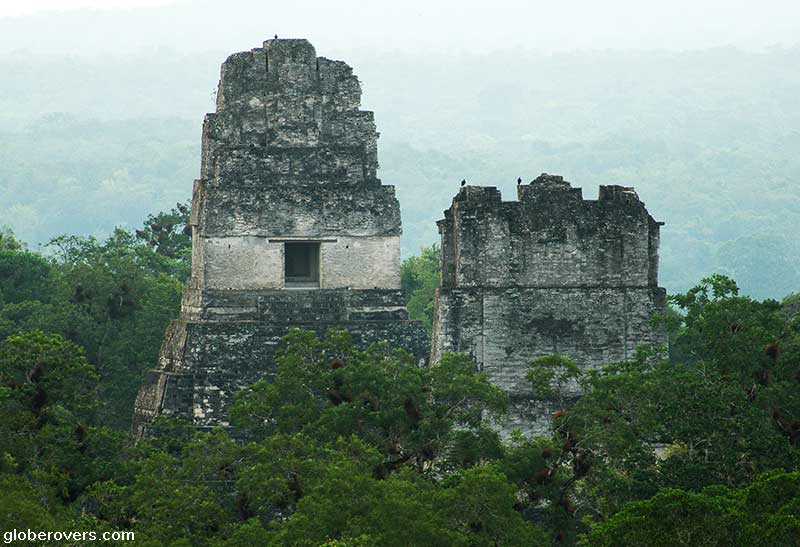



☛ Read more: Posts of Ancient Ruins



Blog post and photos by Peter who has been travelling almost full-time since 2005 and has been to over 122 countries. He visited several countries, such as Japan, more than 20 times. Peter is Editor-in-Chief and Publisher of GlobeRovers Magazine, an independent travel magazine focused on intrepid destinations.
